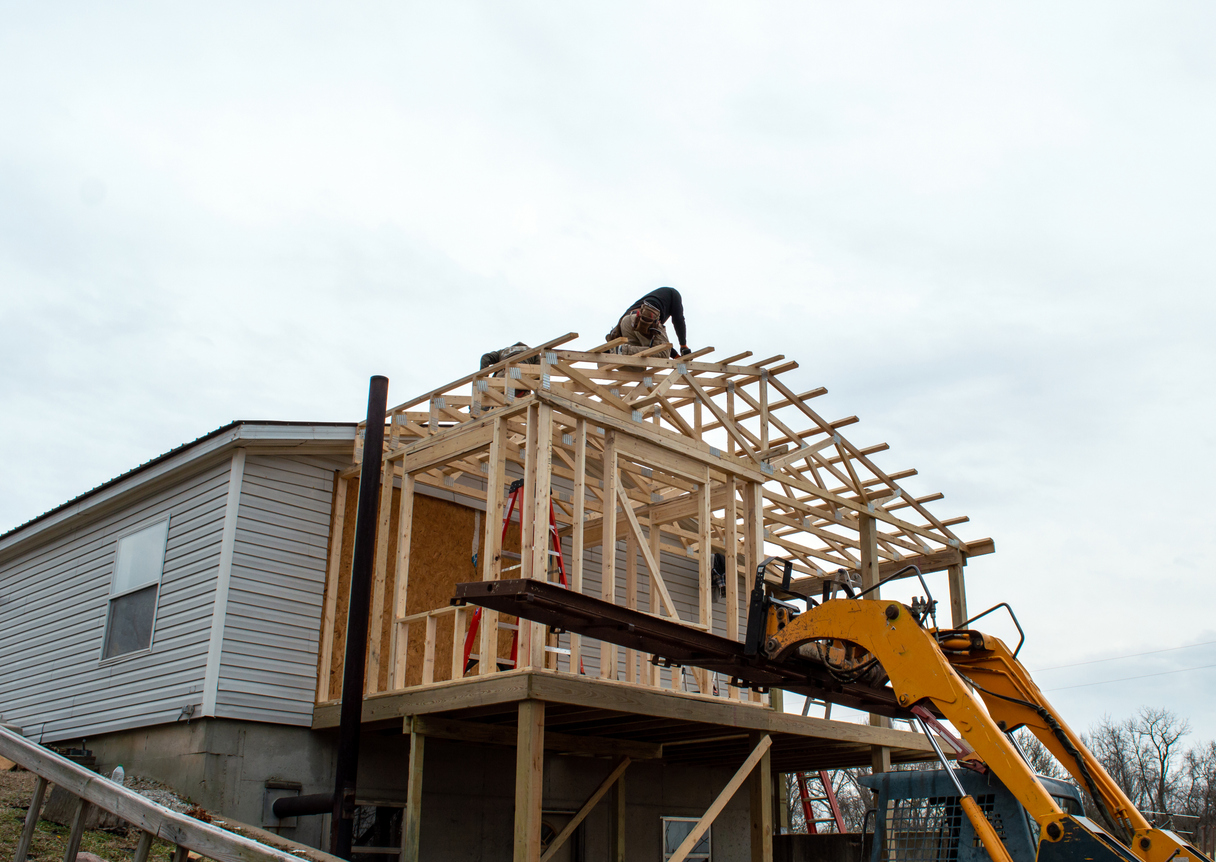A Builder’s Risk policy is a type of Property insurance that covers buildings under the course of construction or under renovation. These renovations can be cosmetic or structural. Cosmetic renovations involve upgrading a structure’s aesthetics through interior design or an exterior makeover while structural renovations replace an existing structure’s skeletal elements to improve the functionality of the entire building.
While a Builder’s Risk policy covers structural modifications to an existing building, there are specific risks and policy considerations to be aware of.
Risks Involved in Structural Renovations
When making structural renovations to an existing property, there are various concerns involving the building’s integrity, including when altering load-bearing walls, foundations, or support structures, which can cause existing elements to buckle or crack and compromise the building’s stability.
Accidental collapse during construction is a significant risk that can impact the entire building.
Other risks with structural renovations include hidden issues that are uncovered such as asbestos. This can lead to delays and budget overruns as remediation will be required. After remediation, the area must be thoroughly cleaned as per EPA and OSHA guidelines. Also, before the structure may be occupied, it must pass a final inspection.
During renovation, openings in the building envelope (walls, roofs) increase exposure to rain, wind, and other weather elements, which can cause water damage. In addition, construction activities such as welding and the use of flammable materials increase the risk of fire.
As with any type of building under construction, materials and equipment on-site are attractive targets for theft or vandalism, especially if the site is unsecured after hours.
Insurance Considerations
Builder’s Risk policies are tailored to the specifics of the renovation project. Some factors to consider (if not part of the policy form) include adding endorsements to cover the existing structure, water damage, and ordinance or law coverage to address compliance costs with updated building codes.
Review the policy period and whether an extension can be added if there is a project delay. Builder’s Risk policies are typically project-specific, based on the policy term (typically 3, 6, or 12 months) requested, and remain active until the renovation is completed or the property is occupied.
Also, make sure that the policy adequately covers the full value of the completed renovation, including labor, materials, and associated soft costs. Soft costs are expenses beyond physical damage, such as architect fees, permits, loan interest, and insurance. A three-year study found that only about 31% of construction projects finished within 10% of their original budgets due to project scope changes, material and labor cost fluctuations, supply chain disruptions, and unforeseen site conditions. Failure to manage these can lead to potential insurance challenges if there is a loss.
Builder’s Risk policies should be coordinated with a property owner’s existing insurance and any liability coverage held by contractors.
Preventing Losses: Risk Mitigation Strategies
Conduct a thorough risk assessment before beginning renovations to identify potential hazards. Implement a robust safety plan that includes training on the proper use of personal protection equipment (PPE), hazard recognition, and emergency procedures. Have contingency planning in place that entails creating preparations for dealing with unexpected events or hazards that may arise during a building project. This includes recognizing potential hazards, developing response strategies, and assigning resources to limit their impact. Perform regular site inspections to monitor progress and address potential hazards promptly.
About Seneca
Seneca Insurance can provide you with Builder’s Risk solutions for your clients. We also offer policies to cover all project phases – from course of construction to vacant property to occupied – in addition to the broadest renovation appetite in the market.
